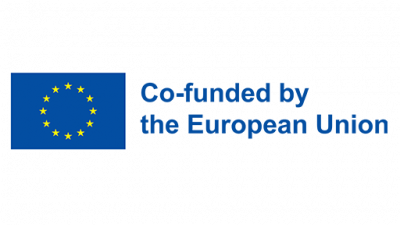Project
Liikkeelle työkyvyn puolesta
Project sponsors
The main goal of the project is to get workplaces in Central Finland to use physically active
means to improve their personnels' working ability and well-being at work. Studies have shown
that increasing physical mobility and movement are significant ways to prolong working careers
and increase well-being at work.
74 % of working age people do not get enough exercise for their health. This generates an
annual cost of approximately EUR 3 billion nationwide, both in terms of lost labour input and
health care costs. Physical activity is clearly an underutilized way to improve and maintain
the working ability of personnel. It is not in the same position as other measures supporting
work ability. Employers often offer support staff's physical activity only in the form of financial
employee benefit. The background studies of the project show that the positive effects of
physical activity on working ability and well-being at work are recognised, but workplaces do not
have the time or financial resources to promote the issue in their own workplace. The studies
also have given a clear message that there is a need for versatile and easy-to-implement
physical activity models and tools that workplaces can easily and quickly adopt.
The 'Moving for work ability' project responds to this need and develops easy-to-use physical
activity models and tools for workplaces. 20 organizations, representing both the private and
public sector, participate in the project. The project will develop several physical activity models
and tools for use in workplaces. One of the tools is specifically aimed at the use of occupational
health and safety. The perspective of occupational safety is new and significant because of its
statutory nature.
The project progresses through the following:
1. Operating models and tools for workplaces
2. Testing and piloting of the operational models and tools
5. Making the results visible
Service design methods are used in the project implementation. Customer orientation is the
focus when the operating models and tools are developed. All the workshops are implemented
in a participatory manner considering the needs of the workplaces.
Development work starts with a mapping of current state and needs in the participating
organisations. After this, the participatory workshops are implemented, taking into account the
target group, different industries and job requirements.
In the next step, the personnel of the participating organizations will test and pilot the operating
models and tools at their workplaces. In this way, user experiences about the functionality and
benefits of the models and tools are obtained.
In the third phase, workplaces are trained to adopt the operating models and tools as a
systematic part of their working day. Personnel and the management are guided and supported
in utilising the models and tools in such a way that they become a natural part of the working
day and increase the work efficiency.
In the fourth step, the operating models and tools as well as the training program are described
and tailored so that they can be easily implemented in all workplaces. The material will be
openly available online.
In the fifth stage, the project and its results will be spread in the region as well as nation wide.
As a result of the project
• Work organisations have access to versatile physical activity operating models and tools.
• Workplaces have increased their understanding and competence on how they can support the
working ability and well-being of the personnel with physically active solutions.
• The working ability of personnel in the participating organisations has increased.
• Workplaces have reached the level two of the Liikkuva työelämä -recommendations, which
means that physical activity is part of the working day.
Contact information
Katja Järvelä, Project Manager
050 473 8593, [email protected]
JAMK University of
Applied Sciences
Piippukatu 2, Dynamo | FI-40100 Jyväskylä
